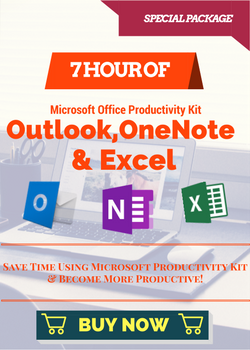|
10August |
EVENT DATEThursday, Aug 10, 2017 |

|
PRESENTER(s)SkillEducators |

|
Any Time on Webinar DateDuration : 90 Minutes |
|
This program has been approved for 1.5 PDCs |
“The use of this seal confirms that this activity has met |
Event Material
Training Description
HR professionals are often heard complaining that "managers don't document" and yet they go ahead and terminate an employee. This is the time when HR puts its foot forward and points out that there is not any (or enough) documentation to do so - which, inevitably, leads to a great conflict between HR and managers. Lack of proper documentation not only creates friction, but it may also lead to discrimination claims and costly litigations. Why? Because "if it's not documented it never happened." The first and important part in the documentation process is to know and understand what to document and the rest revolves around getting supervisors and managers to document employee behavior and performance issues properly and accurately.
Do you and your managers know how to:
- Document an applicant’s interview, so that you are able to later show that your organization appointed the 'best match' without any discrimination?
- Prepare discipline documents to minimize the risk of Title VII and potential violation of other anti-discrimination laws?
- Prepare termination documents to minimize the risk of an EEOC charge?
HR documentation is filled with legal landmines in every turn, and only documentation can help in minimizing the risks of regulatory lawsuits and penalties. In this informative session, expert speaker will provide the best education for you and your HR team on the best practices for documentation. This training program will cover the hot spots in documentation. It will provide tips for proper documentation procedures, and on how your documentation can help protect your organization.
Webinar Agenda:
- Documenting performance expectations right from the beginning.
- Creating and documenting an applicant screening process comparing candidates 'apples to apples.'
- Properly documenting employee behavior and performance issues to create a paper trail minimizing organizational risk.
- Creating an easy-to-implement progressive discipline documentation process and learning critical sample verbiage.
- Identifying gaps between organizational policies and discipline documents.
- Understanding compliance when letting older workers go and the need of a 'waiver' document.
- Recognizing the importance of clear, and concise documentation.
Who will Benefit:
- Senior HR Professionals
- HR Managers & Directors
- Attorneys
- HR Personnel
- Employee Relations Professionals
| Training Format |
Industry |












